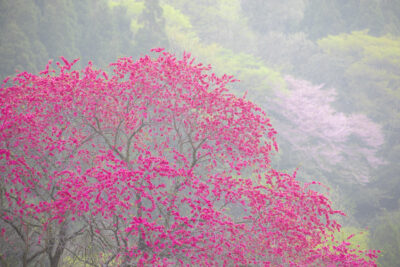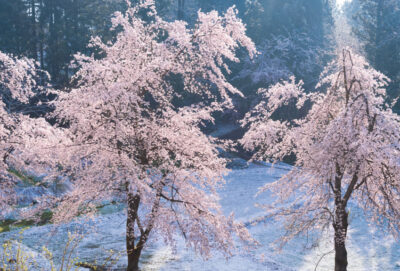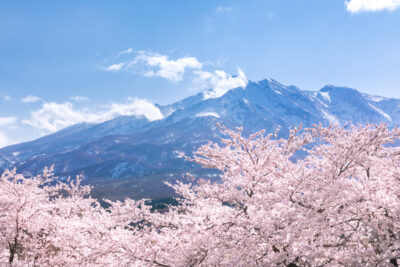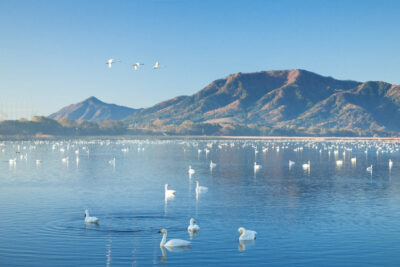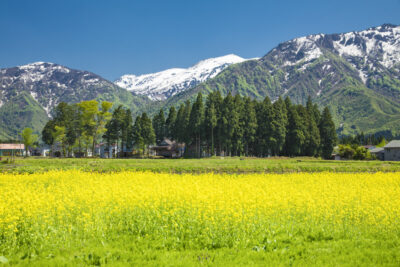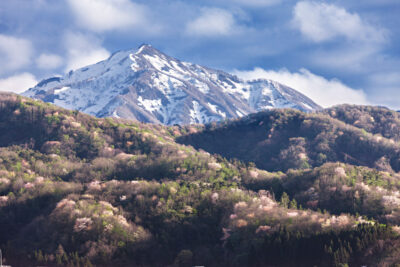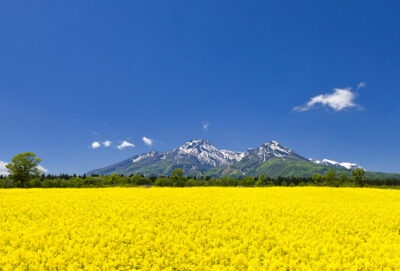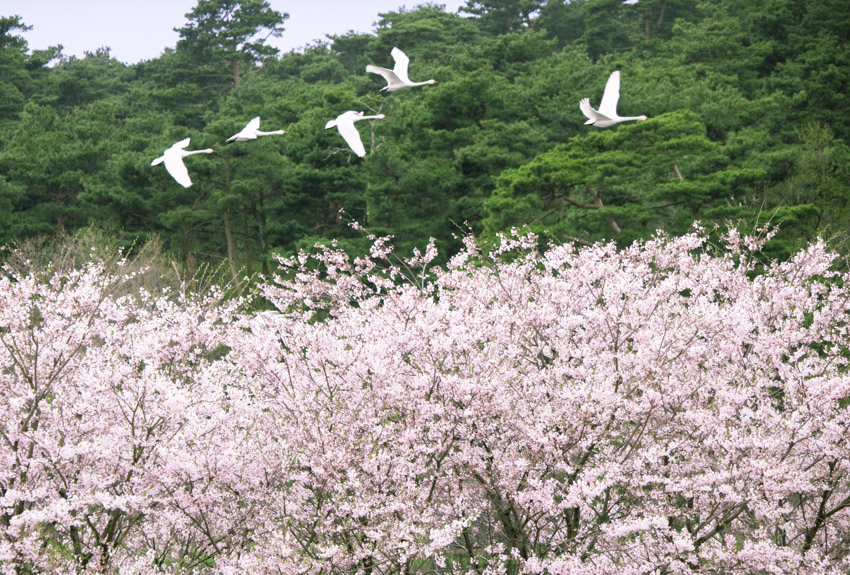
前年の10月に越冬のために訪れた白鳥たちは、春の3月になると再び日本列島沿いに北へと帰っていきます。その途中、ねぐらとして選ぶ大池は小さな池ですが、タイミングが合えば桜並木と白鳥を同時に見られる、この地域で唯一の場所です。この池では白鳥に餌をあげる人も多く、人と鳥との距離がとても近いのが特徴です。
しかし、2023年に新潟県新発田市内で死んだ白鳥が発見され、高病原性鳥インフルエンザに感染していたことが判明した後、大池の入り口が一時閉鎖されたことがありました。柏崎市の長嶺大池や三条市下田の五十嵐川などでも、白鳥に餌をあげる人が多く見られますが、こうした場所では鳥から人への感染リスクも懸念されます。
やはり、野生鳥獣とは適度な距離を保って接することが大切なのかもしれません。
The swans visit in October of the previous year to overwinter, and return to the north along the Japanese archipelago in March of the spring. On their way back, they choose the Oike Pond as their roosting site. It is a small pond, but if the timing is right, it is the only place in the area where you can see the rows of cherry trees and swans at the same time. Many people feed the swans at this pond, and the distance between people and birds is very close.
However, the entrance to the Great Pond was once temporarily closed in 2023 after a dead swan was found in Niigata Prefecture’s Shinbata City and found to be infected with highly pathogenic avian influenza. Many people are seen feeding swans at Nagamine Great Pond in Kashiwazaki City and Igarashi River in Shimoda, Sanjo City, etc. In such places, the risk of infection from birds to humans is also a concern.
It may be important to maintain a reasonable distance from wild birds and animals.
EOS1DsMarkⅢ+220mm 1/320秒 f:9
©️photo by Nakamura Osamu
